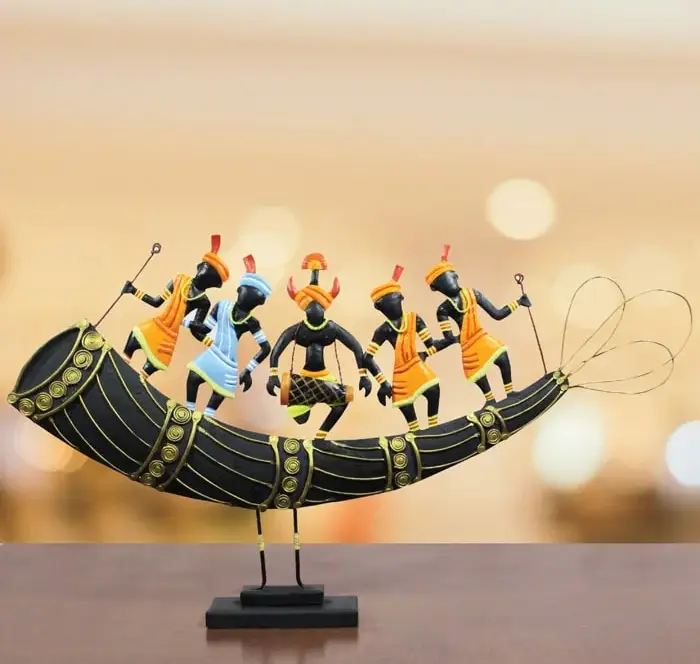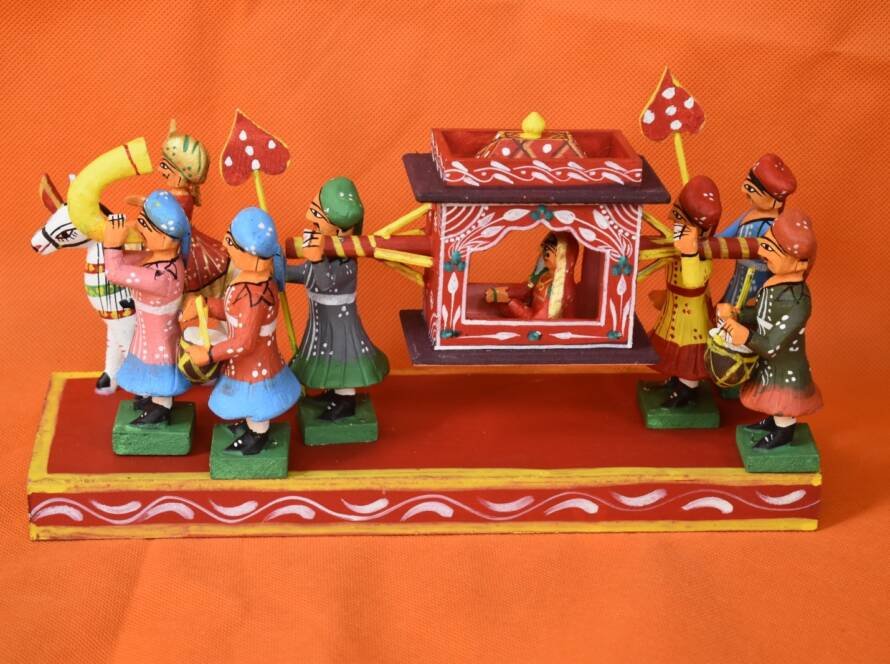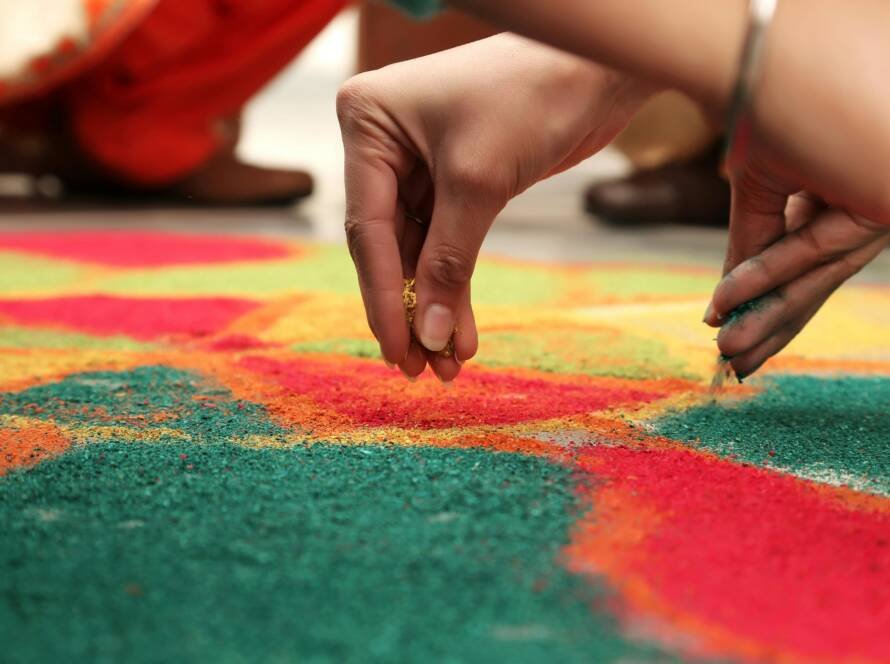Bidriware: Black Beauty of Deccan Artistry
There are crafts that dazzle with brilliance, and then there are those that whisper a quiet elegance—mysteries forged in fire and history. Bidriware belongs to the latter. Born of black soil, moonlit silver, and the alchemy of time, this exquisite metalwork from the heart of the Deccan is less an object and more a soul—etched, polished, and preserved in heritage.
To hold a piece of Bidri is to hold a story—of sultans and saints, of artisans and ancestors, of night skies and human hands. Its inky sheen carries the secrets of centuries, its silver inlay catching the light like ancestral memory.
Where Black Meets Silver: The Birth of a Deccan Legacy
Bidriware finds its roots in Bidar, a historic town in Karnataka, where Persian artistry met Indian soil in the 14th century under the Bahmani Sultanate. What emerged was a cultural fusion—Persian motifs dancing with Indian floral patterns, crafted in a technique so unique, it has stood untouched by time.
Crafted from an alloy of zinc and copper, each piece is patiently cast, filed, and etched by hand. The designs—delicate vines, lotus blossoms, geometric patterns—are inlaid with pure silver wires or sheets. But the magic unfolds in the final act: a secret concoction of local Bidar soil, rich in oxidizing agents, is applied to darken the surface. Only the silver resists, gleaming bright against the matte black backdrop like moonlight across a monsoon sky.


Craftsmanship as Devotion: The Artisan’s Journey
Bidriware isn’t merely craft. It is devotion forged into form. The process, passed from one generation to the next, requires not just skill but soul. The artisans, who have inherited this legacy for centuries, treat their work with reverence—like a sacred ritual.
Their tools are humble—chisels, hammers, files—but their hands are repositories of ancestral wisdom. The soil used is no ordinary earth; it is sourced from the inner walls of ancient ruins, untouched by sunlight or rain for decades. They say this soil holds stories—it listens, absorbs, transforms. And like all things spiritual, it refuses to give away its secrets easily.
A Heritage That Speaks to the Soul
What is it about Bidriware that continues to captivate hearts in today’s fast world of speed and disposability?
Perhaps it is the contrast—the interplay of darkness and light, silence and shimmer, permanence and fragility. Bidriware mirrors life’s own paradoxes, quietly teaching us that beauty lies not in loud declarations but in dignified grace. It whispers of a time when art was slow, sacred, and deeply human.
It also tells a larger story: of India’s syncretic culture, where Hindu, Islamic, and Persian aesthetics coexist not in opposition but in harmony. Bidriware, in its very being, is a celebration of cultural confluence—an artifact of unity.
Holding Heritage in Our Hands
Today, amidst global conversations around sustainability and slow living, Bidriware speaks louder than ever. It invites us to pause, to value the handmade, to seek stories over surfaces. As designers and curators rediscover this ancient art, Bidriware finds new expressions—on jewelry, home décor, and contemporary objects—yet remains rooted in its soul.
To bring home a piece of Bidri is not just to buy a product. It is to invite into your life a piece of Deccan history, a memory etched in metal, and a fragment of India’s artistic spirit.
In a world obsessed with the new, Bidriware is a gentle reminder of timeless beauty. Of silver dreams nestled in blackened earth. Of artisans who speak through metal. Of cultures that blend and bloom. And of the enduring truth that the most soulful things are often the ones shaped slowly, by hand—and by heart.



